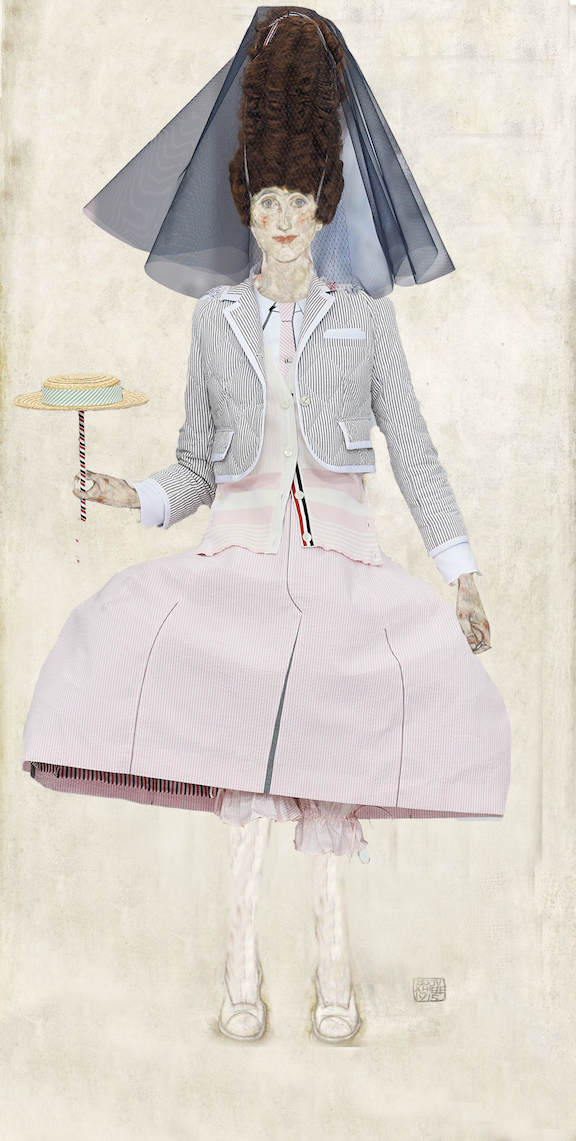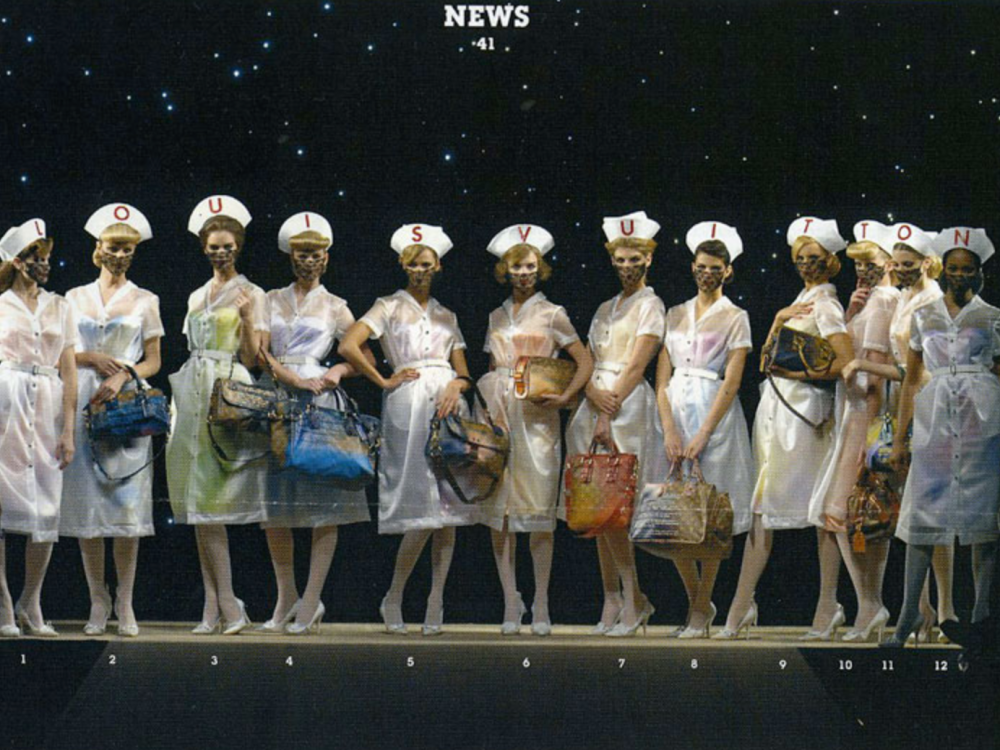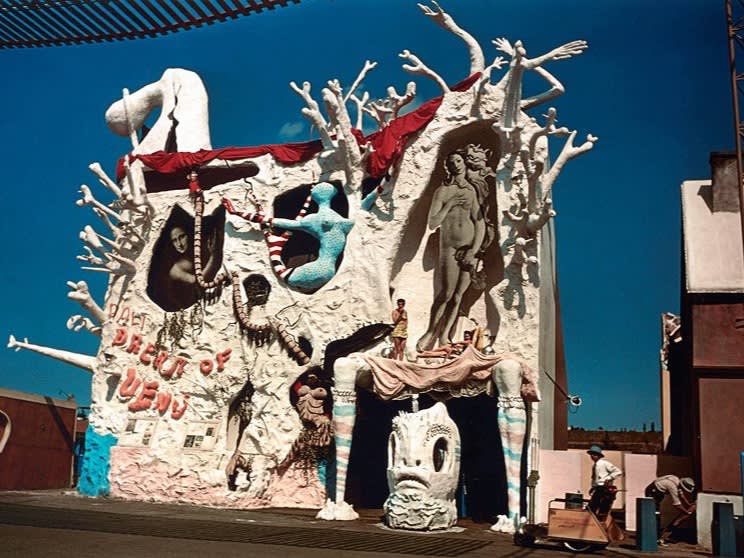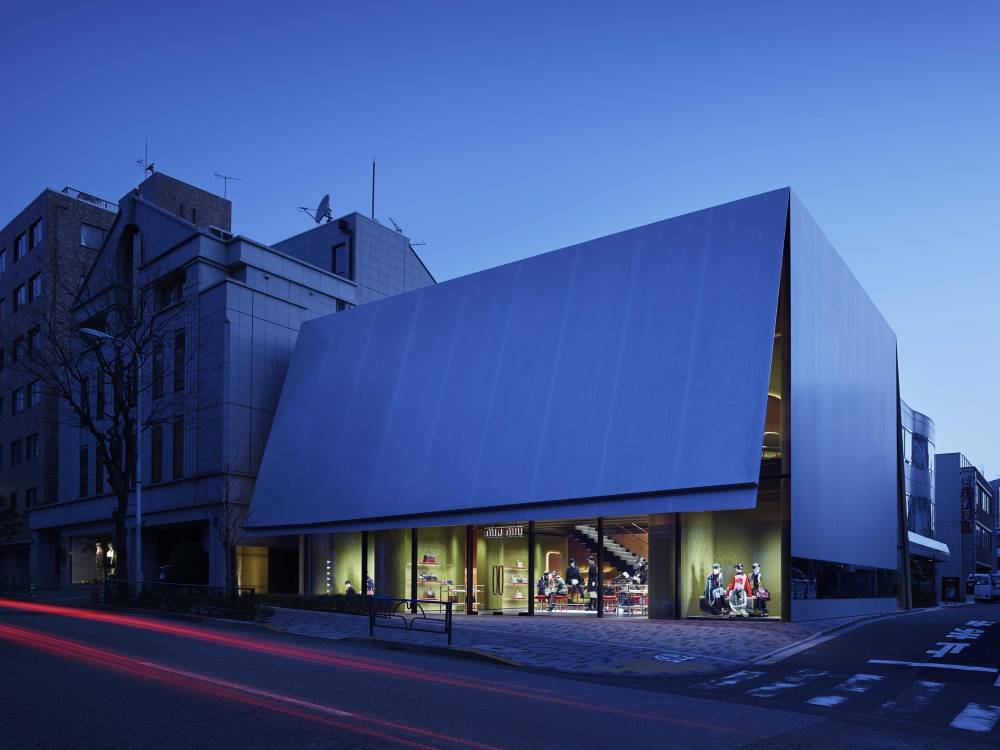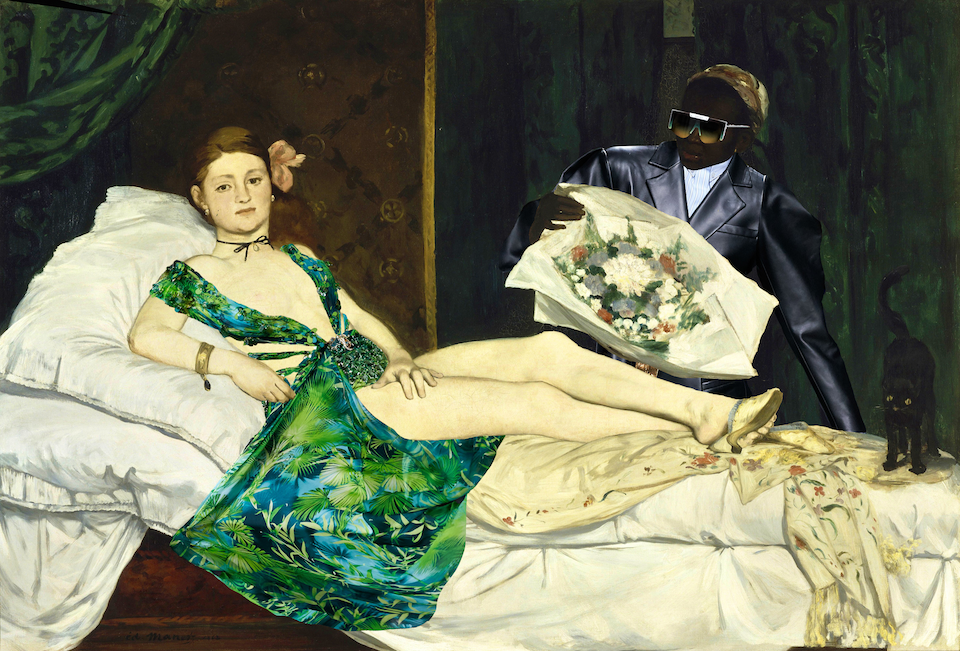
Édouard Manet
Olympia (in Versace), 1863
For Spring/Summer 2020 designers embraced the past, present and future of ready-to-wear through thought-provoking collections that inspired conversation about the intersection of art history and fashion, as well as the collaborative spirit of the two creative fields. We sifted through some of our favorite figurative works throughout history and selected specific paintings, sculptures and artists that we felt conversed most fluidly with some standout collections of the Spring/Summer 2020 season. We looked at form, function and aesthetic meaning when making our choices, and – perhaps most importantly – consulted the emotive. The result: a dynamic group of re-imagined works that not only represent the synthesis of art history and contemporary fashion, but also speak to a greater dialogue between the past and the present. These art objects are modernized and given a new voice through their updated wardrobe à la Spring/Summer 2020.
Grant Wood’s 1930 painting ‘American Gothic’ and Gucci are a match made in a skewed parallel reality where Italian fashion meets 20th century American portraiture. The blatant coolness marked by Gucci’s unapologetic silhouettes, exaggerated forms and unique fabrication methods fit perfectly on Wood’s depression-era depiction of a stoic couple – which, coincidentally, is in fact a father and daugther, not a husband and wife as many assume – pitchfork in hand. Contrastingly, the pairing of american designer Thom Browne and late Austrian painter Egon Schiele represents the dichotomy between lightness and structure that is ever so rooted in Browne’s color choices, textures and silhouettes. Furthermore, there is a conversation between modernity and history in play, as Browne’s “Versailles country club” collection speaks of the coincidentally paralleled relationship between country club codes and 18th century, Marie Antoinette-era Versailles. Likewise, in our Frida Kahlo x Prada depiction, we see the transformation of Prada runway garments onto some of Kahlo’s famed symbolic forms, which are often rooted in self expression, much like Miuccia’s own work for her namesake fashion house. Furthermore, the textural forms and regality of Prada’s Spring collection stands up to Kahlo’s strong physical presence in her 1937 self portrait, ‘Memory (The Heart)’.
Continuing with the theme of regality and spatial presence, Velázquez’s 1656 painting ‘Las Meninas’ outfitted in Balenciaga, again, exaggerates the work’s pre-existing garments and their effect through the layering of mimicked silhouettes that denote similar references, but whose materiality and finish are quite opposing. The starkness of the Balenciaga red, blue, black and gold evening gowns, in contrast with the far more muted tonalities of Velázquez’s brushwork and palette, allows for Las Meninas to take on a contemproary form and visual language. In contrast, the pairing of Louis Vuitton and René Magritte is a surrealist dream, one in which the Vuitton garments feel like natural extensions of the Magritte body, both in color and form, while the mixed textures and layered accessories add an abstracted flair that enlightens the muddled background of Magritte’s original 1964 painting, ‘The Son of Man’. Likewise, JW Anderson's spring collection on John Singer Sargent’s ‘Madame X,’ transforms this paradigm of feminine control into one of exuberance, where sensuality is preserved and enhanced upon through emphasized featural aspects, movement, glitter and prints.
Columbian artist Botero doesn’t just paint “fat” people, he paints people who are ‘larger than life’ in every sense of the expression, allowing Marc Jacobs’ Spring/Summer 2020 runway pieces to be seamlessly integrated onto these forms and, perhaps more importantly, personalities. The latent theatricality of Botero’s original works and Marc Jacobs’ latest collection, reminds us that MORE IS MORE! The Marni collection, shown on two iconic paintings by Henri Matisse, put emphasis on the fluidity and ethereality of the collection; traits that are most remarkably rendered on Matisse’s Dance, which displays a moment of motion where the figures all connect. As such, the Marni collection compliments and emulates this same fluidity through the colors, patterns and silhouettes of the depicted garments.
Rick Owens’ collection, however, is riddled with contradiction. Michelangelo’s David, a beacon of masculinity posed in contrapposto, is underscored by Owen’s mechanical, futuristically feminine aesthetic that counteracts the definitive masculinity of David. Speaking of definitivity, what could be more iconic – and ironic – then Manet’s Olympia, who has been a pillar of female expression through her physical openness, outfitted in Donatella Versace’s revival of the original jungle dress worn by J.Lo in 2000. Through this exercive it becomes all the more evident that even adding cloth to Olympia’s once bare body does not detract from her self awareness, or that of her maid, Laure – an equally iconic but often overlooked subject – who is also outfitted in Versace.
Lastly, we paired 19th century French post-Impressionist painter Paul Gauguin with Italian fashion house Valentino, whose bright colors and tropical patterns perfectly coincide with the heat and energy of Gauguin’s naturally seductive depictions of Tahitian women. Although Gauguin himself captures the quintessential beauty of his young subjects, the addition of Valentino garments to the figures’ naked or barely-clothed bodies suggests a nouveau look while marking them as ephemeral creatures inhabiting the natural world. And with that, we have reimagined a handfull of art history’s most beloved works and adapted them to our current times, allowing them to reincarnate as unique forms that tell us about their stories but also inform us about our own times.
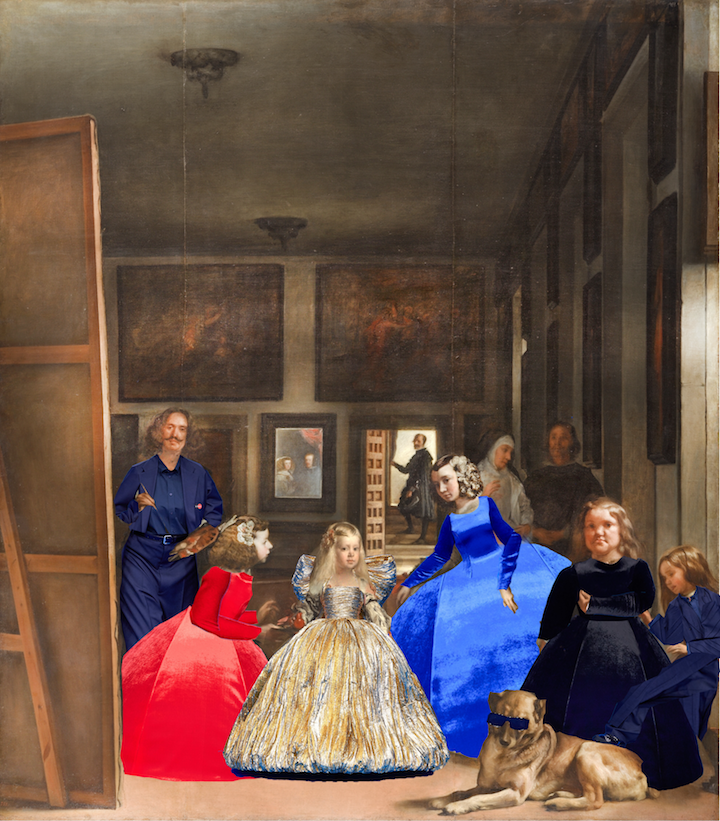
Diego Velàzquez
Las Meninas (in Balenciaga), 1656
Grant Wood
American Gothic (in Gucci), 1930
Grant Wood
American Gothic (in Gucci), 1930
Grant Wood
American Gothic (in Gucci), 1930
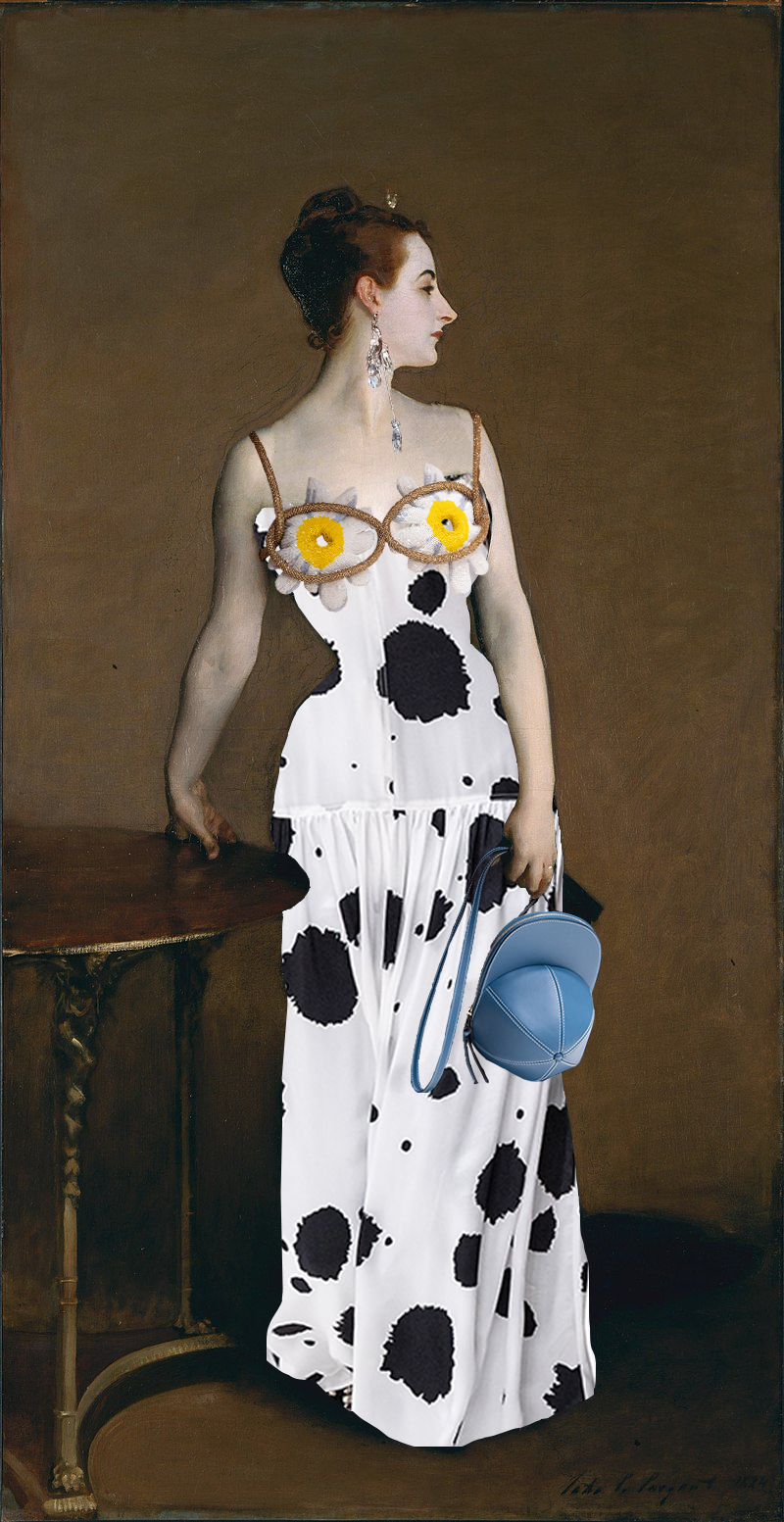
John Singer Sargent
Portrait of Madame X (in JW Anderson), 1883-84
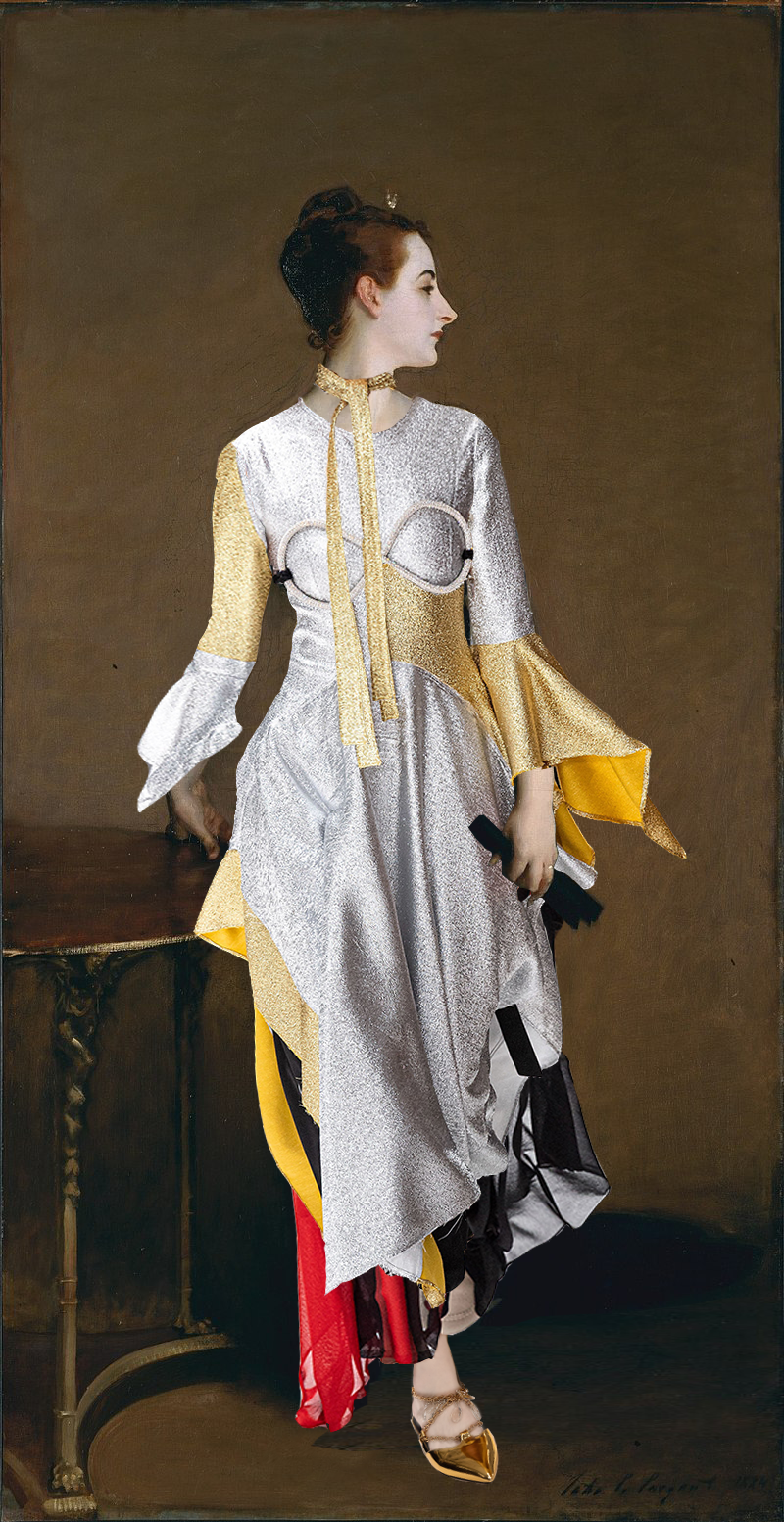
John Singer Sargent
Portrait of Madame X (in JW Anderson), 1883-84
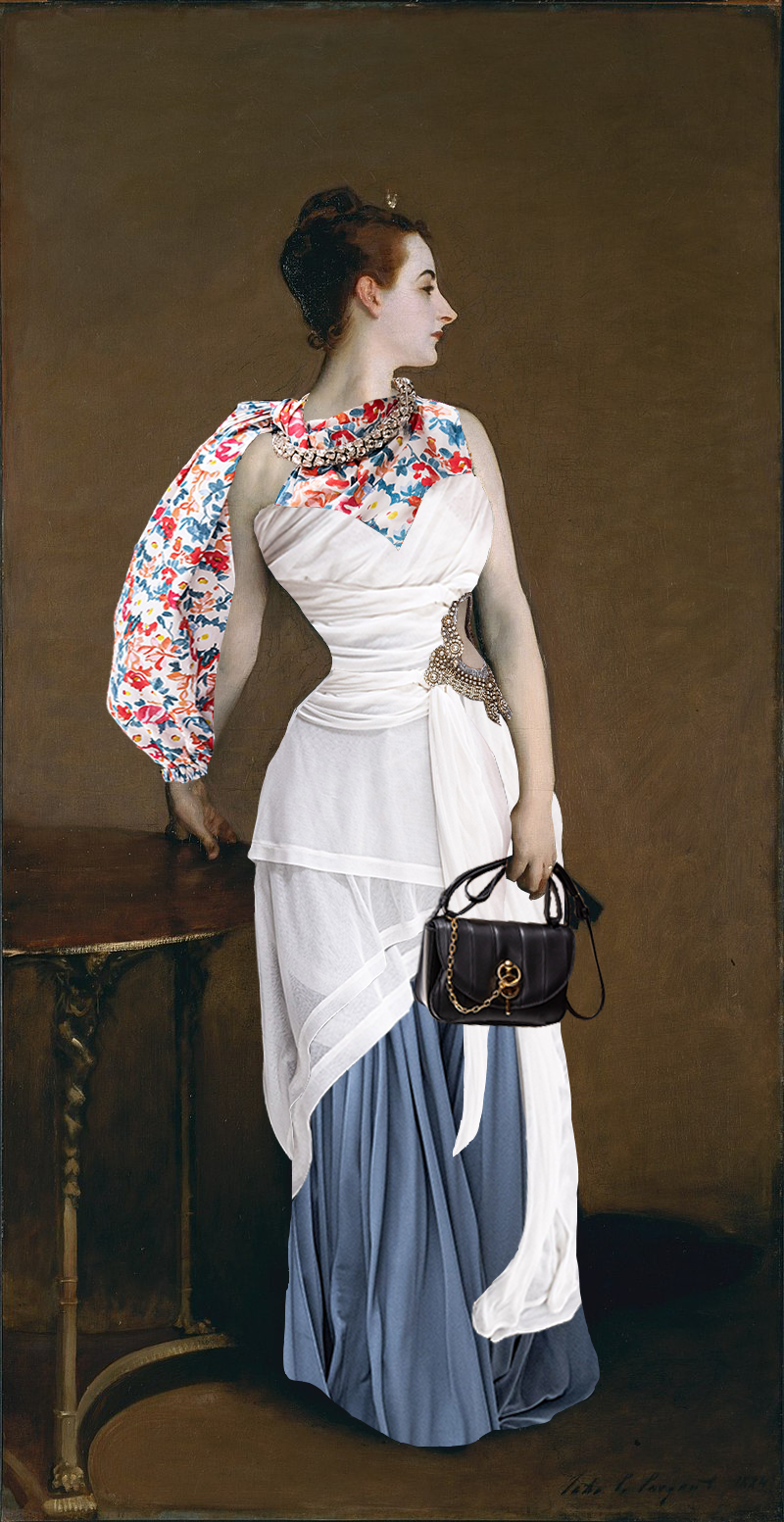
John Singer Sargent
Portrait of Madame X (in JW Anderson), 1883-84
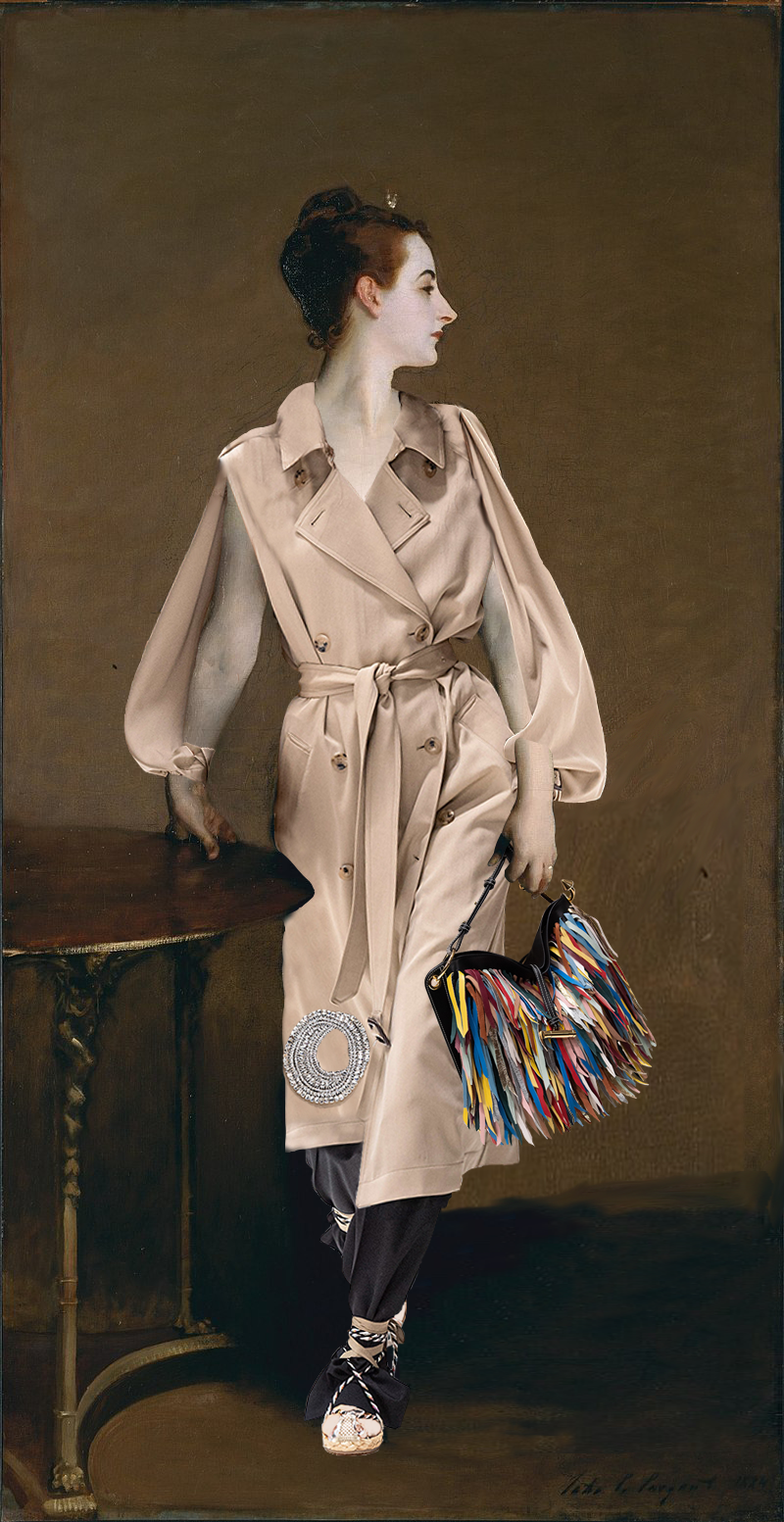
John Singer Sargent
Portrait of Madame X (in JW Anderson), 1883-84
René Magritte
The Son of Man (in Louis Vuitton), 1964
René Magritte
The Son of Man (in Louis Vuitton), 1964
René Magritte
The Son of Man (in Louis Vuitton), 1964
René Magritte
The Son of Man (in Louis Vuitton), 1964
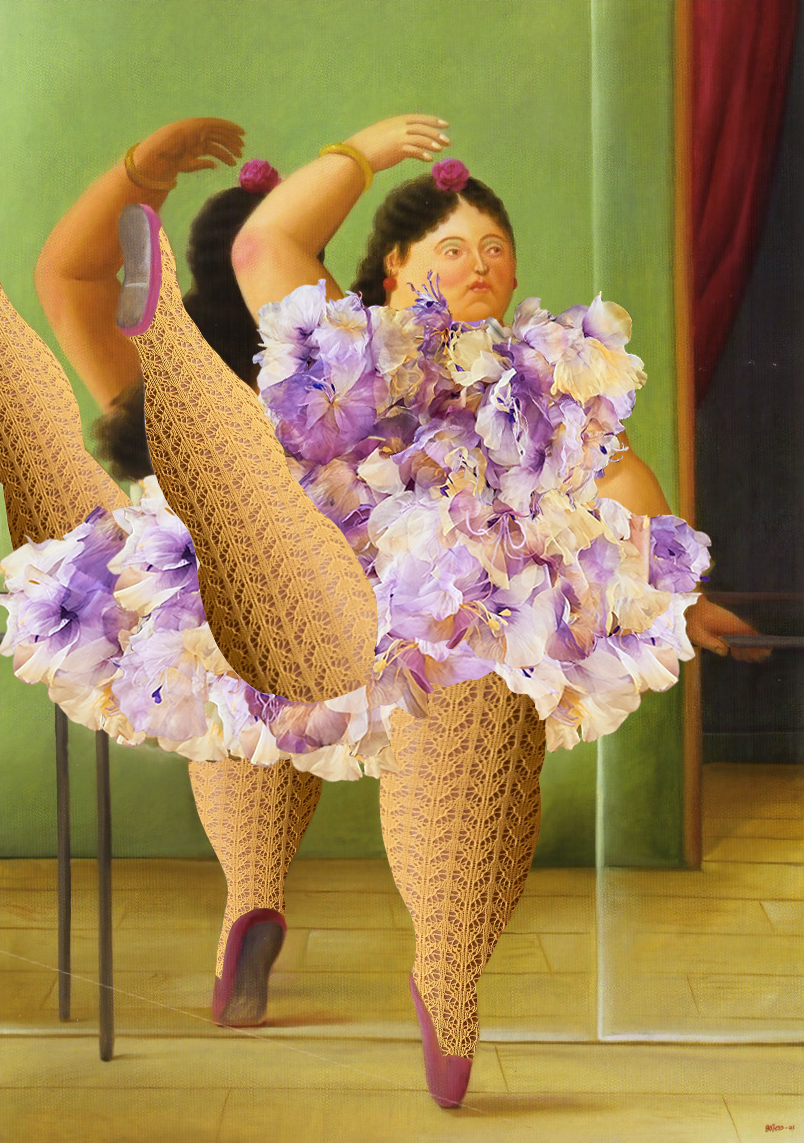
Fernando Botero
Dancers at the Bar (in Marc Jacobs), 2001
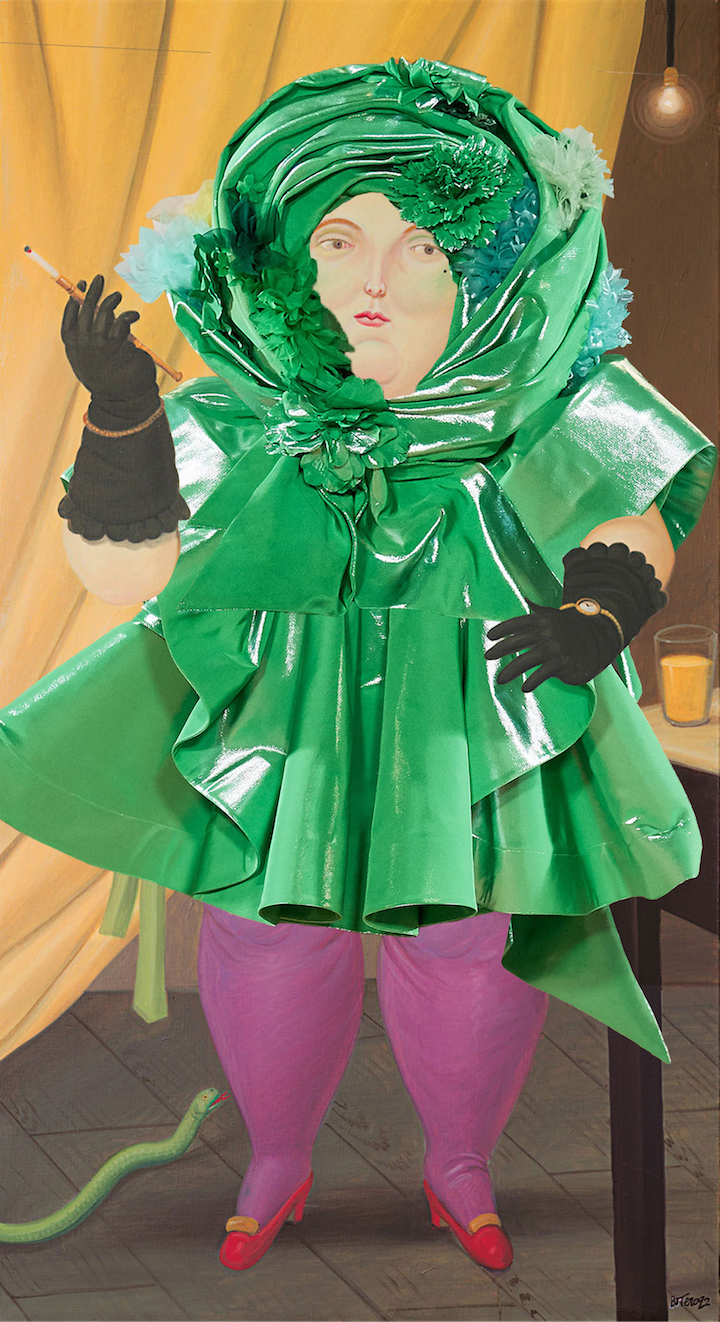
Fernando Botero
Women in a Green Dress (in Marc Jacobs), 1992
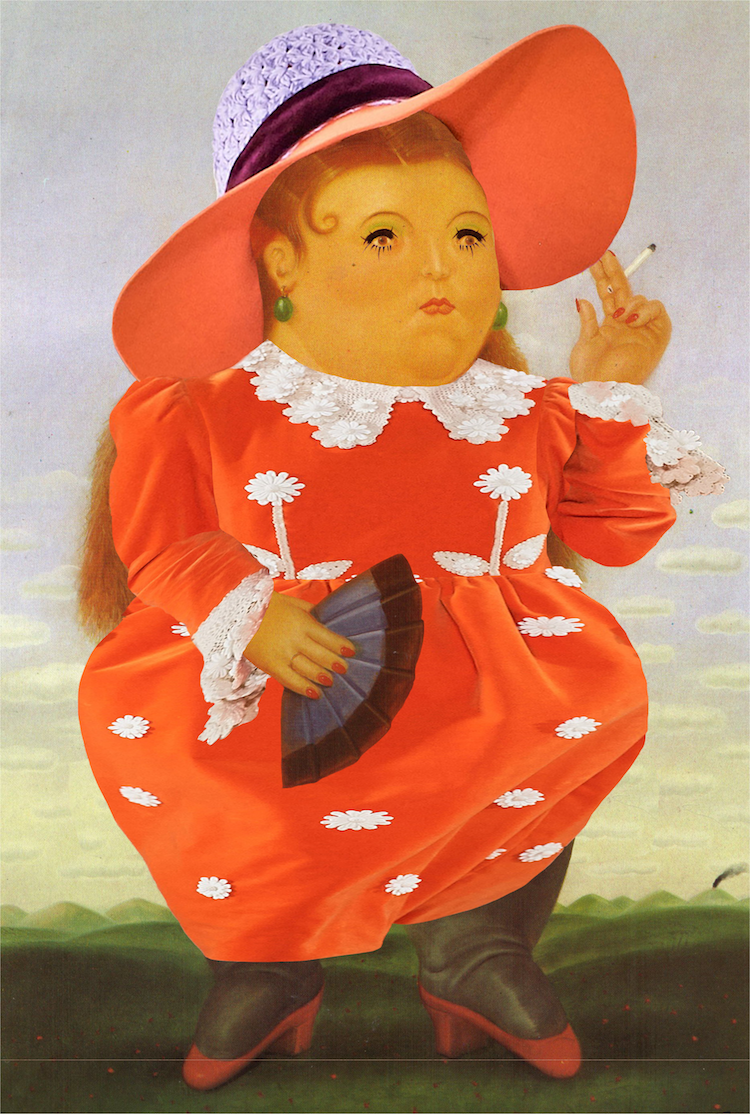
Fernando Botero
Spanish (in Marc Jacobs), 1986
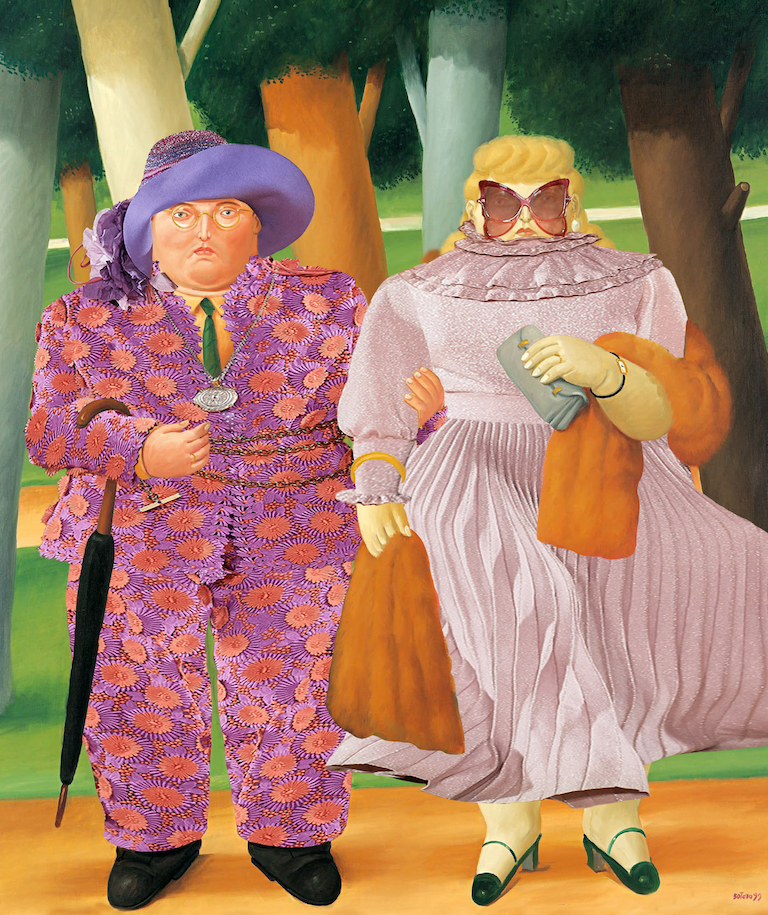
Fernando Botero
A Couple (in Marc Jacobs), 1999
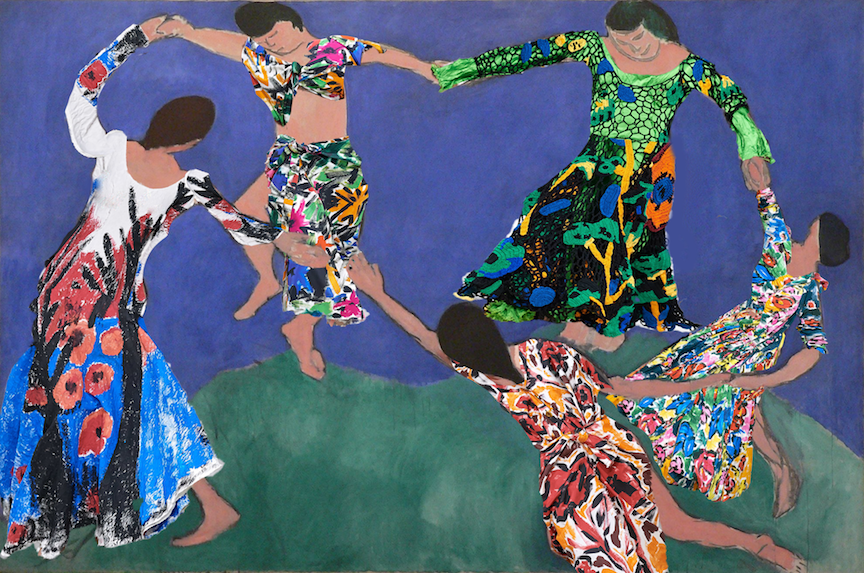
Henri Matisse
Dance (I) (in Marni), 1909
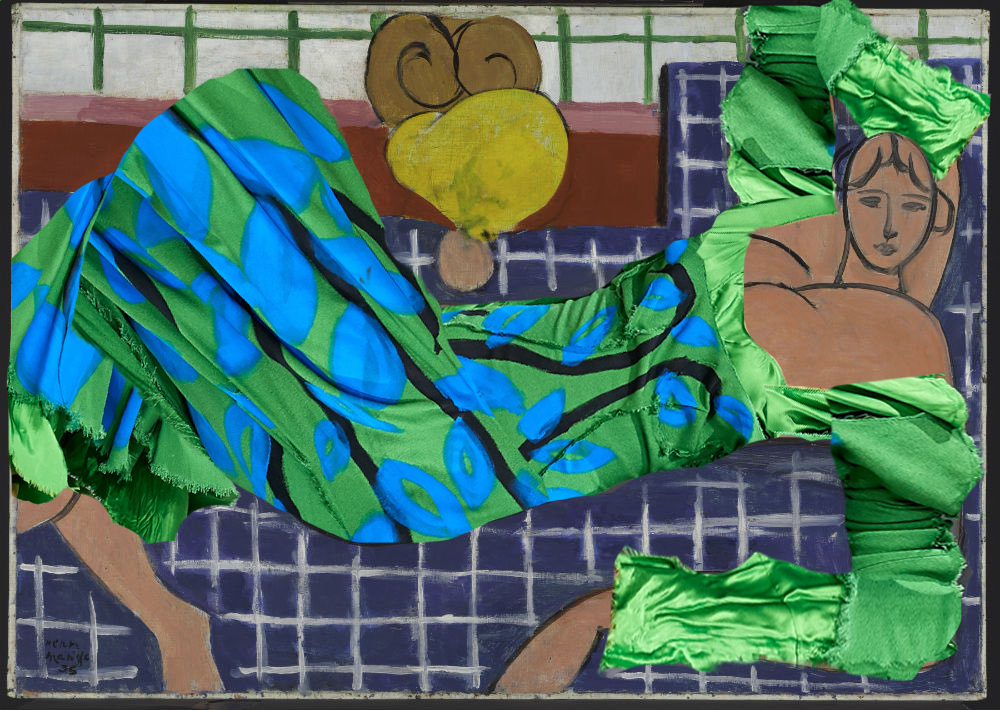
Henri Matisse
Large Reclining Nude (in Marni), 1935
Frida Kahlo
Memory, the Heart (in Prada), 1937
Frida Kahlo
Memory, the Heart (in Prada), 1937
Frida Kahlo
Memory, the Heart (in Prada), 1937
Michelangelo
David (in Rick Owens), 1501-04
Michelangelo
David (in Rick Owens), 1501-04
Michelangelo
David (in Rick Owens), 1501-04
Michelangelo
David (in Rick Owens), 1501-04
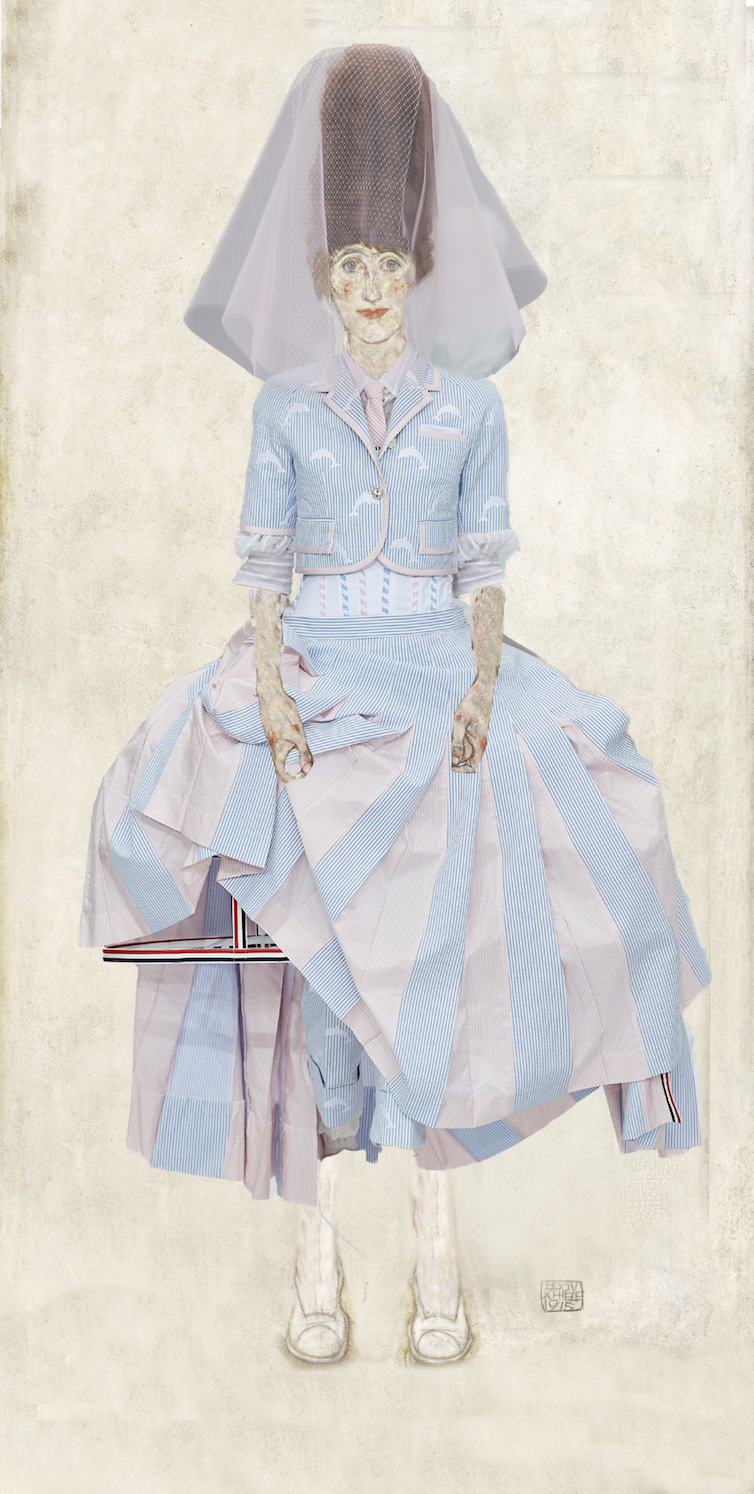
Egon Schiele
Portrait of Edith Schiele (in Thom Browne), 1915

Egon Schiele
Portrait of Edith Schiele (in Thom Browne), 1915
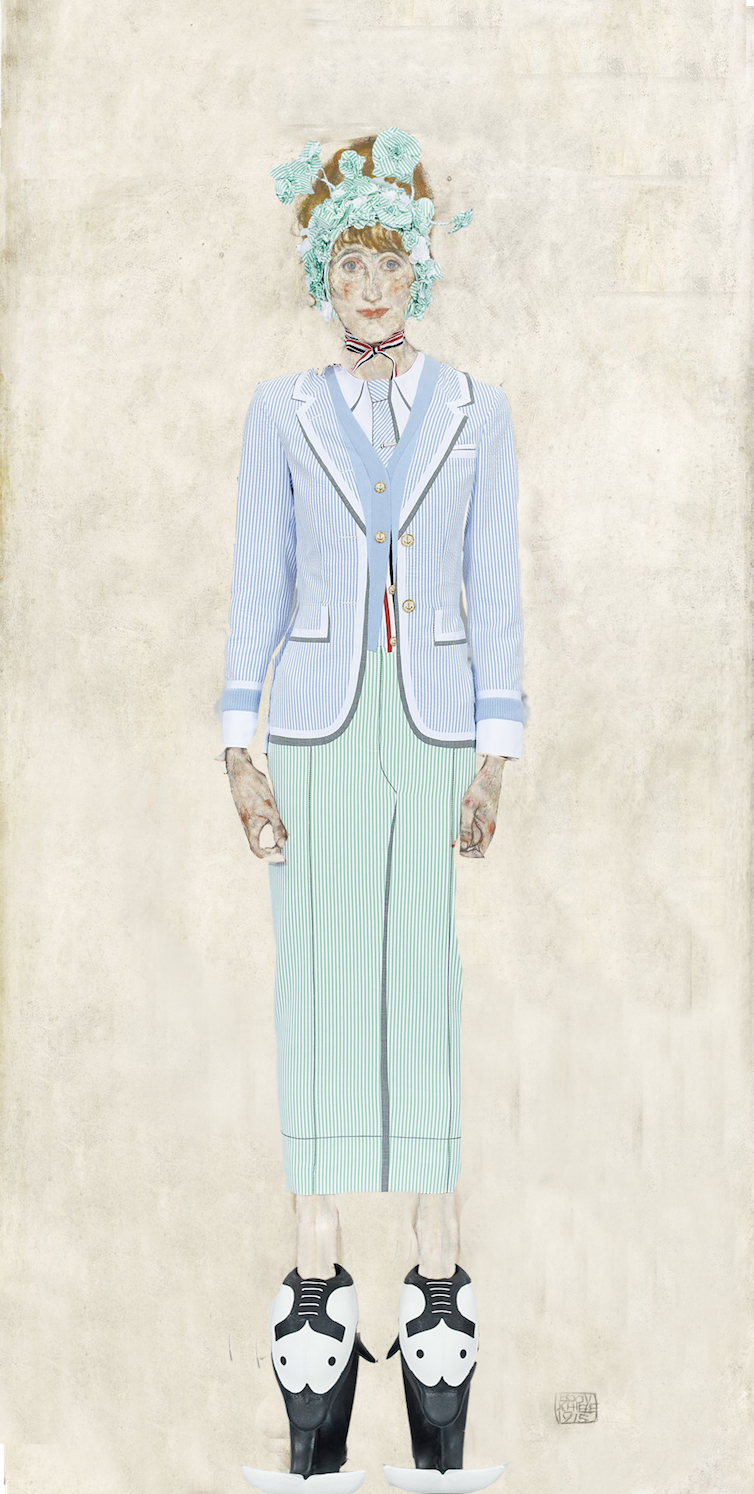
Egon Schiele
Portrait of Edith Schiele (in Thom Browne), 1915
